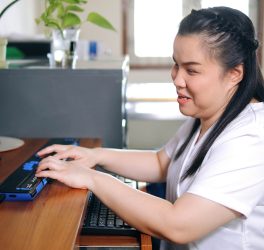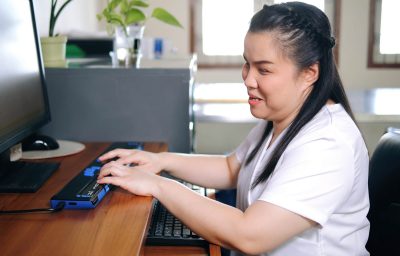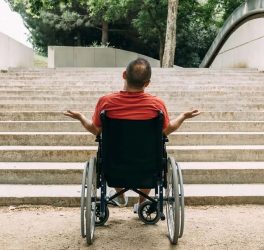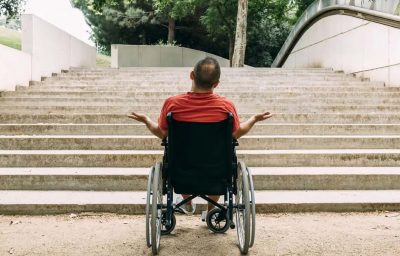
Researchers and graduate teachers from Monash University’s Faculty of Education have come together to address the challenges the education sector faces in providing a quality, inclusive learning environment for students across Victoria during the ongoing COVID-19 lockdown.
As Victorian schools, teachers and students adapt to the pressures of Stage 4 lockdowns, questions have been raised about how inclusive education can be provided during remote learning.
Inclusive education means providing high-quality schooling that is fair and equitable for all students. It means every child is welcomed and valued without exception.
However, COVID-19 has created, and in some cases exacerbated, educational divides based on postcodes nation-wide. Some students in virus-free zones have returned to face-to-face learning, while others across Victoria remain confined to their homes.
Monash researchers have provided some suggested guidance for schools, teachers and parents to help students cope during these challenging times away from the classroom and familiar faces.
While the Victorian Education Department and schools have moved to address some of these issues – with laptops and dongles provided for students without access to technology – more support is needed, according to Monash University inclusive education researcher and former secondary school teacher Dr Kate de Bruin.
“Inclusive education is a human right, yet many groups of vulnerable students – those who are in unstable or unsafe living arrangements, students with a disability, students who live in remote or regional areas, students who live in poverty and students from culturally and diverse backgrounds – are disproportionately denied this right,” Dr de Bruin said.
“Students with disabilities have been shown to have reduced access to supports they are normally entitled to such as attendant care or targeted learning interventions. Parents are reporting targeted funding that schools receive to provide adjustments are not being passed on, and parents have struggled to fill the gaps.”
Monash alumna and inclusive education teacher at Belgrave South Primary School, Suzanne Boatto, understands this challenge in many ways.
A mother of three children, all with additional learning needs, Ms Boatto said taking the principles of inclusive education and extending them to remote learning in the COVID-19 environment was a challenge.
Ms Boatto is part of the whole-of-school vision by Belgrave South to support families during this pandemic. Some of the initiatives Belgrave South has implemented include individual therapy and wellness sessions for students, and developing small group online teaching sessions for literacy and maths to boost inclusive learning across the school community.
“We have all of the learning programs online and the lessons videoed and aired through YouTube, but it’s the connection that engages the students to learn. We talk about tasks, what each child is finding challenging and go over misconceptions. Most importantly we check how they are feeling,” Ms Boatto said.
“Once the learning groups are finished, students have the chance just to chat to each other. This social connection is essential for every child to feel included – they are not alone and they are still part of a community that cares.”
Monash Professor of Inclusive Education Umesh Sharma said teaching learners with a range of diversities including disability is not easy, as it required teachers to make ongoing adjustments and modifications.
Professor Sharma says there are five simple ways schools and teachers can support students who have additional needs.
- Work with the learner and the family, be a good listener and find out ways to provide support.
- Communicate frequently with families to identify potential barriers they may be facing to support their children with their schooling.
- Reduce rather than increase schoolwork. Consider linking school activities to home routines to make it easier and more meaningful.
- School activities should allow students to build new social connections and sustain the old ones. Form small groups where peers can support each other and complete school activities together.
- Make innovative use of the existing resources. Think about ways teacher aides can support you with teaching activities. Rather than always allocating a teacher aide to work with one learner, they can support a small group of learners alongside you in the online class (e.g. breakout rooms).








